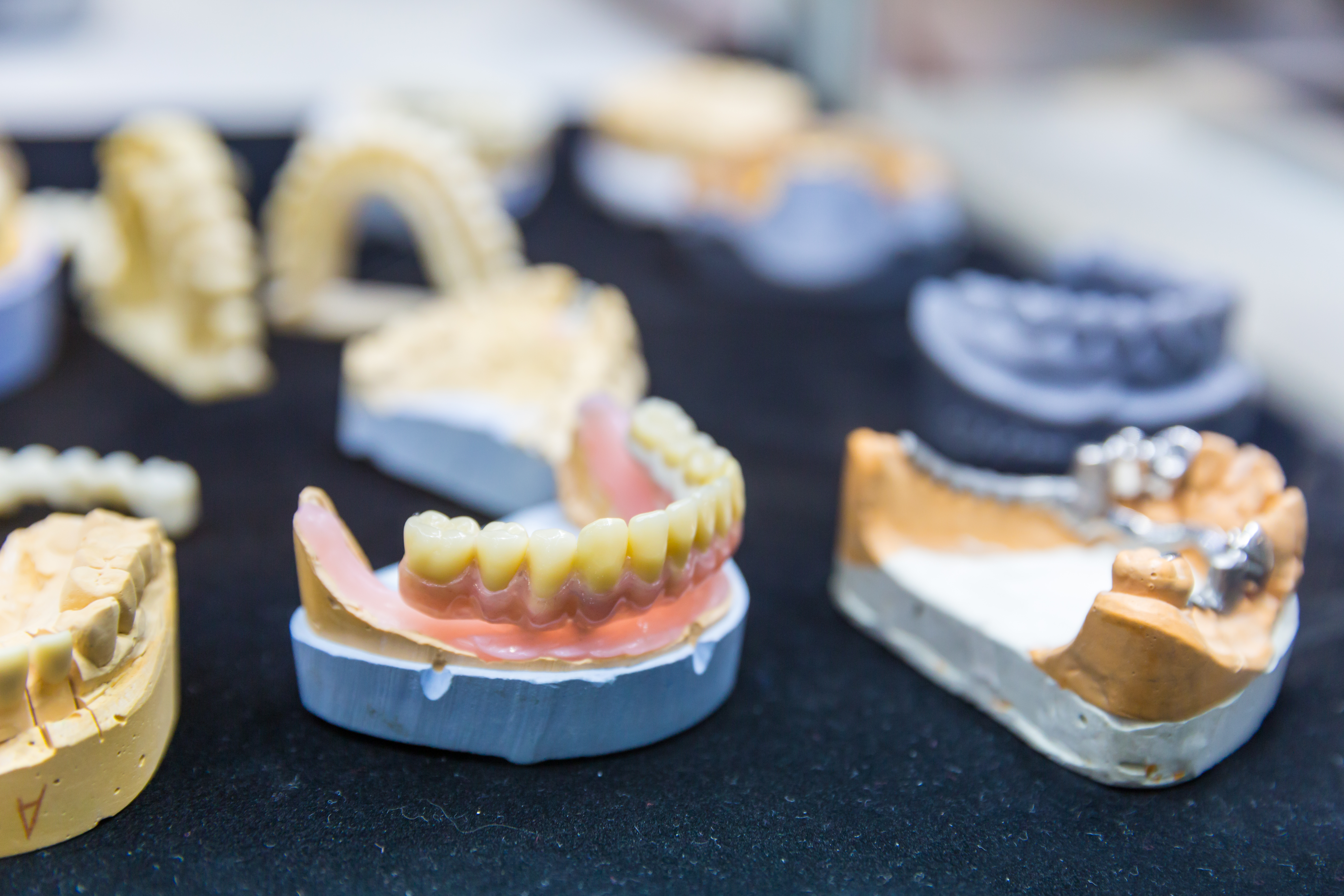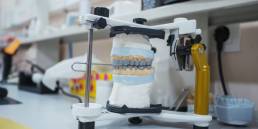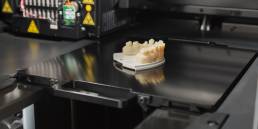Role of Zirconia in Modern Dentistry

Introduction to Zirconia in Dentistry
Zirconia (zirconium dioxide) is a ceramic material renowned for its strength, biocompatibility, and aesthetic appeal. These properties make it a preferred choice for various dental restorations. Zirconia has become a cornerstone in restorative dentistry due to its exceptional strength, biocompatibility, and aesthetic appeal.
Zirconia vs. Traditional Dental Materials
Compared to Porcelain-Fused-to-Metal (PFM) restorations, zirconia offers several advantages:
Aesthetics: Zirconia provides a more natural tooth-like appearance without the metal substructure that can cause a grayish hue in PFMs.
Biocompatibility: Being metal-free, zirconia reduces the risk of allergic reactions and is more compatible with gum tissues.
Strength: Zirconia exhibits high flexural strength, making it suitable for posterior restorations where chewing forces are significant.
Applications of Zirconia in Modern Dentistry
Crowns and Bridges: Ideal for both anterior and posterior restorations due to their strength and translucency.
Implants and Abutments: Zirconia’s biocompatibility makes it suitable for implant abutments, especially in patients with metal sensitivities.
Inlays, Onlays, and Veneers: Offers conservative restoration options with excellent aesthetics.
High Strength and Durability
Zirconia’s flexural strength ranges from 900 MPa to over 1200 MPa, surpassing many traditional dental materials. This strength allows it to withstand significant occlusal forces, making it ideal for load-bearing restorations.
Digital Dentistry and the Role of CAD/CAM in Zirconia Restorations
The integration of Computer-Aided Design and Computer-Aided Manufacturing (CAD/CAM) technology has revolutionized zirconia restorations:
Precision: Digital impressions and designs ensure accurate fit and minimal adjustments.
Efficiency: Streamlined workflows reduce turnaround times for restorations.
Customization: Allows for individualized restorations tailored to each patient’s anatomy.
Patient Satisfaction and Aesthetic Outcomes: Patients benefit from zirconia restorations through:
Enhanced Aesthetics: Natural-looking restorations that blend seamlessly with existing teeth.
Comfort: Precise fit reduces discomfort and the need for adjustments.
Longevity: Durable restorations that maintain their appearance and function over time.
Latest News
November 22, 2025
Zirconia Crowns: Benefits, Types, and Why Dentists Prefer Them
Zirconia crowns consist of zirconium dioxide, a crystalline ceramic engineered for exceptional toughness in restorative dentistry.
November 11, 2025
How a High-Quality Dental Lab Reduces Chair Time for Dentists
High-quality labs provide restorations that fit right away, so dentists can increase their weekly appointments by 15-25%. With digital tools and automation, workflows can move up…
October 25, 2025
Intraoral Scanning Advances Every Dentist Should Know in 2025: Full-Arch Implant Restoration Insights for Dental Labs
Advances in intraoral scanning, optimized scan protocols, and lab-driven validation provide clinicians and dental labs with powerful tools for excellence in 2025.
October 12, 2025
Occlusal Scheme Design for Full-Arch Restorations: Balancing Function and Esthetics
Labs must often navigate the choice between functional occlusion, which focuses on ideal load distribution, longevity, and minimal stress on components, and esthetic occlusion.


